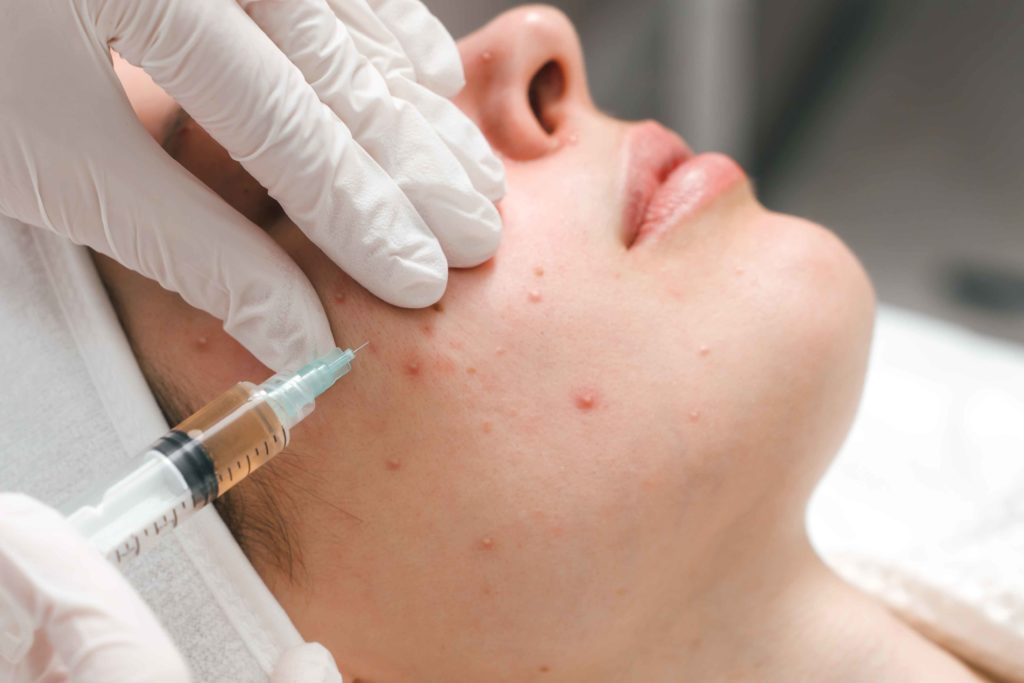Glutathione has gained popularity as a powerful antioxidant and is often used in various forms, including injections, to promote skin health and overall well-being. As individuals seek solutions for skin brightening, detoxification, and general health improvement, the question arises: How many Glutathione Injections do You need to see Results? In this article, we will explore the recommended dosage, the factors influencing effectiveness, and the overall approach to glutathione therapy.
Understanding Glutathione Injections
Glutathione is a tripeptide composed of three amino acids: cysteine, glutamine, and glycine. It plays a crucial role in various biological processes, including detoxification, immune response, and cellular repair. The injectable form of glutathione is believed to be more effective than oral supplements, as it bypasses the digestive system, ensuring higher absorption rates directly into the bloodstream.
When it comes to glutathione injections, the primary goal is often to achieve skin lightening or brightening. Many people turn to these injections as a solution for uneven skin tone, hyperpigmentation, or to enhance their overall complexion. However, the effectiveness of glutathione injections can vary based on several factors, including individual health, skin type, and the specific condition being treated.
Recommended Dosage for Glutathione Injections
The optimal number of glutathione injections required for noticeable results varies depending on individual goals and the specific treatment protocol recommended by healthcare professionals. Generally, the following guidelines can help outline the typical dosage:
Initial Phase
In the initial phase of treatment, most practitioners recommend a series of injections to build up glutathione levels in the body. This phase usually consists of two to three injections per week for a duration of four to six weeks. This frequency allows for sufficient accumulation of glutathione, promoting cellular repair and detoxification while gradually improving skin tone and texture.
Maintenance Phase
After the initial phase, many individuals transition to a maintenance phase, which typically involves fewer injections. During this phase, practitioners may recommend one injection every two to four weeks. This reduced frequency helps sustain the benefits achieved during the initial phase and ensures that glutathione levels remain optimal for continued skin health.
Factors Influencing Effectiveness
Several factors can influence the effectiveness of glutathione injections and the number of treatments required to achieve desired results:
Individual Health Status
The overall health of an individual plays a significant role in how effectively the body absorbs and utilizes glutathione. Factors such as age, underlying health conditions, and lifestyle choices can impact the body’s antioxidant levels and overall response to treatment. Individuals with pre-existing conditions may require a different approach to dosing and frequency, making it essential to consult with a healthcare professional.
Skin Type and Condition
Different skin types and conditions may respond differently to glutathione injections. For instance, individuals with darker skin tones may require a more extended treatment period to see significant changes in skin brightness. Additionally, specific skin concerns, such as hyperpigmentation or sun damage, may necessitate more frequent injections to achieve optimal results.
Injection Technique
The technique used by the healthcare provider administering the injections can also impact the effectiveness of treatment. Ensuring that injections are performed correctly and in the right anatomical locations can enhance absorption and results. Therefore, choosing a qualified practitioner with experience in administering glutathione injections is crucial.
Patient Monitoring and Adjustments
Regular monitoring and assessment are essential components of glutathione therapy. Healthcare providers often evaluate the progress of patients throughout the treatment process, making necessary adjustments to the frequency and dosage of injections based on individual responses. This ongoing assessment ensures that patients receive personalized care tailored to their specific needs and goals.
Conclusion
When considering glutathione injections for skin health and overall well-being, it is essential to understand the recommended dosage and the factors that may influence effectiveness. Generally, individuals may start with two to three injections per week during the initial phase for four to six weeks, followed by a maintenance phase with one injection every two to four weeks. However, these guidelines can vary based on individual health, skin type, and specific treatment goals. Always consult with a healthcare professional to determine the best approach for your unique needs and to ensure safe and effective treatment. By understanding the nuances of glutathione therapy, individuals can make informed decisions and embark on their journey toward improved skin health and vitality.






Comments